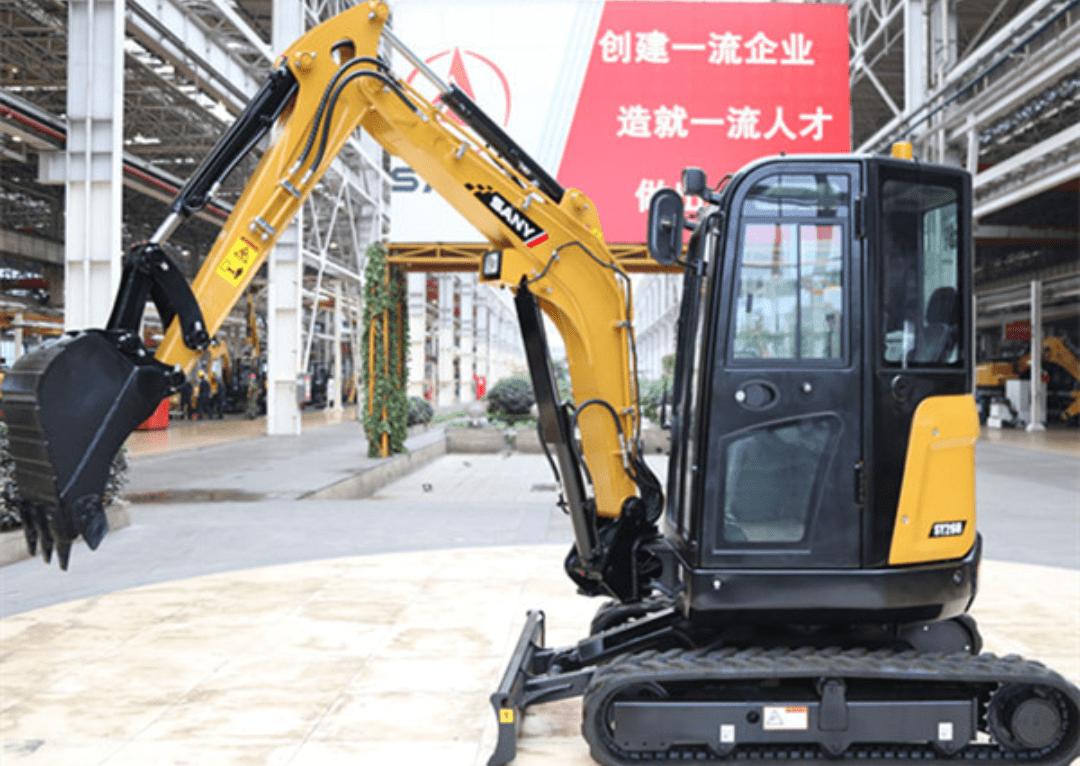Every piece of plant machinery you can hire has a reason behind its creation and a story behind its success, and understanding this can help businesses maximise the utility of a particular model and understand why certain design decisions were made.
For example, the first compact skid loader was invented by the Keller Brothers to help a local turkey farmer clear his two-storey barn, and the origins of the first mini excavator are similarly based around meeting the needs of contractors working in small, confined spaces.
There are three main candidates for the first-ever mini-excavator, depending on your definition.
The first was the Smalley, named after inventor Richard Smalley, but an appropriate moniker for a tiny excavator built onto two wheels.
It had no drive of its own; instead, it would be towed to the site by a van or a Land Rover and would move into position by physically pulling itself into place using the excavator arm.
An alternative origin point could be the Stik-Clam, a tiny compact excavator launched in 1965 that was remarkably ahead of its time and very unusual.
It unfortunately did not sell well, partly due to American contractors struggling to see the benefits at the time, but primarily because it used a strange sliding arm and clamshell rather than a conventional digging bucket.
The first successful compact excavator was found in Japan, where parts manufacturer Akio Takeuchi noticed that his friend was struggling to build his house, relying on manual labour as existing machinery was too large and too imprecise.
The result was the creation of the TB1000, which actively resembled a full-size excavator in terms of functionality, but was designed to be highly manoeuvrable around small job sites.
They would be imported to the UK in the early 1980s, marketed as Priestman Mini Mustangs, and have created an entirely new market sector ever since, helping self-builders and small construction firms go anywhere and do anything.

